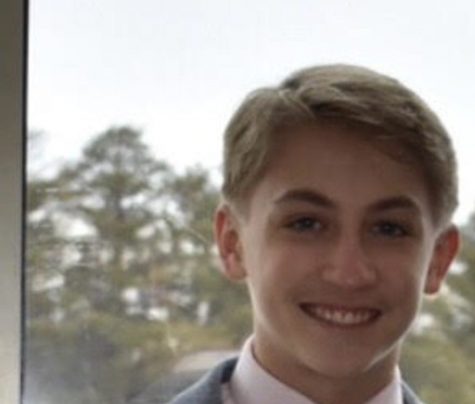Making Sense of the Fyre Festival
February 19, 2019
Imagine having the chance to go to one of the greatest parties of all time. The Fyre Festival team promised a luxurious three-day stay on Pablo Escobar’s private island in the Bahamas, filled with performances from major names like Major Lazer and Migos.
Staying in beautiful villas and partying with supermodels like Bella Hadid and Emily Ratajkowski were all included in part of the event. Private planes to and from the beach were a part of the package as well. Even better, the event was not exclusive, with anyone allowed to buy tickets to the festival of a lifetime. This seemed like a dream come true, so what went so wrong?
The event was designed to promote and bring publicity to the launch of the Fyre app. The app made it very easy for promoters to book musical talent, like famous rappers, for their events. CEO Billy McFarland and popular rapper Ja Rule wanted to make noise right away by creating the Fyre Festival.
They made a promo video detailing the wonders to come at the festival. The video displayed crystal clear water, picture perfect villas, expensive yachts, and regular people dancing to music with some of the most famous supermodels in the world on a private beach. If that was not enough, thousands of “influencers” were paid to post the same burnt-orange tile on Instagram, spiking public interest even more. Soon after, thousands of customers had paid hundreds of thousands of dollars for the experience. However, the problems had yet to begin.
The first issue was when McFarland lost Norman’s Cay, the private island, due to a contract breach concerning the use of Escobar’s name. The team was then forced to set up on a small part of Great Exuma, a large Bahamian island. Festival experts advised the management team to postpone, but they decided to push on.
The villas were scratched off the list, and tents were erected in their place. With little time to prepare, FEMA hurricane tents were used, not the luxury that was promised. The Fyre team were in over their heads, and the mismanagement would only continue.
They did not properly set up enough housing, food, bathrooms, or even construct stages for the artists. Construction was still underway as guest were still arriving. McFarland, unbeknownst to the rest of the team, was also receiving large loans to continue funding the experience. Millions of dollars in cash flow was consistently being tossed around to pay for the many aspects of Fyre.
The night before the scheduled start, guests were still unaware of the tragedy they were walking into. A torrential rainstorm the night before had rendered the tents unlivable. As tourists were packed onto a regular passenger jet to the Bahamas, and then onto a yellow school bus at the beach, fear began to build.
They saw the soaked hurricane tents, on the almost-public beach with no supermodels, and the dream was dead. Luggage was mishandled and lost, meals of cold pre-wrapped cheese sandwiches were served, and guests could not get a charter flight back home. After an almost survival of the fittest attitude the first night, Fyre Festival was canceled the next day.
Angry guests, once returned home, began the lawsuits. Billy McFarland was accused of fraud and false advertising, and was sentenced to six years in federal prison. He also had to pay fines of up to $26 million. Hulu and Netflix both have made documentaries on the complete failure of Fyre, and the nightmare it became.
Fyre Festival is a prime example of how good advertising, even backed with extremely poor management, can manage to mislead thousands of people.

